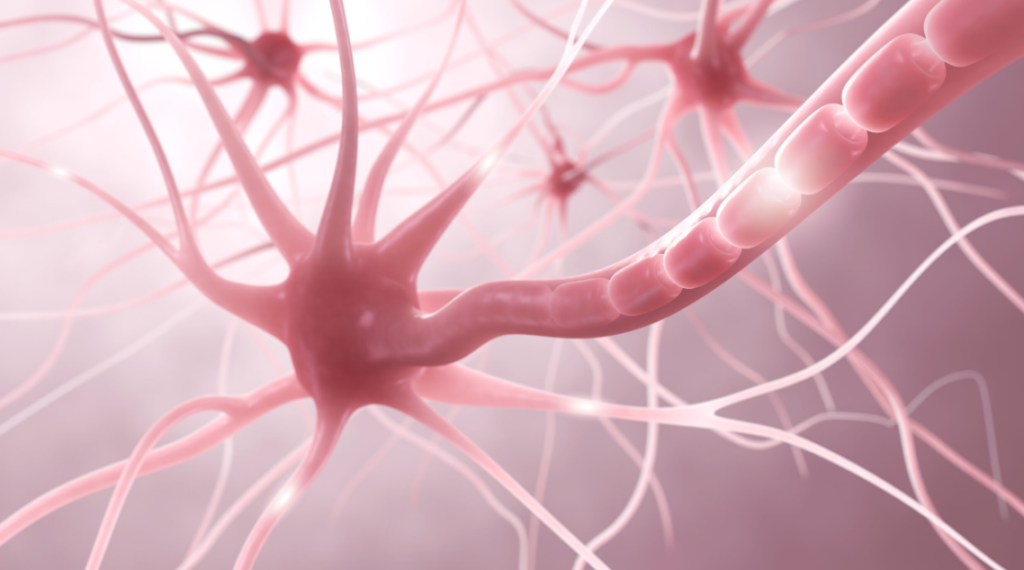Neuronal extracellular vesicles (NEVs) play a significant role in the communication between neurons and astrocytes, particularly by influencing metabolic processes such as glycolysis and lactate production. NEVs carry signaling molecules that affect the expression, degradation and oligomeric state of fructose 1,6-bisphosphatase 2 (Fbp2) in astrocytes, altering their metabolism (1).

Basic Backstory on CNS Architecture
The central nervous system (CNS) is composed of an intricate cellular communications complex, divided generally into neurons and glial cells. Neurons form the electrical signaling network, with dendrites receiving and integrating signals via chemical synapses, and axons, some up to 1 meter in length, rapidly transmitting the signals.
Glial cells, including astrocytes, microglia and other cells, interact with neuronal cells to sustain this network. For example, glial cells regulate synapse formation and provide metabolic support to promote CNS homeostasis. Glial cell dysfunction contributes to most neural diseases and can even drive neurodegenerative processes (2).
What are Neuronal Extracellular Vesicles (NEVs)?
NEVs are formed by neurons via endocytosis and are released into the extracellular space where they interact with astrocytes. These transport vesicles carry a variety of molecules, including proteins and RNA, that influence cellular processes in recipient astrocytes.
NEV and Astrocyte Interactions
Fbp2 is an important enzyme involved in glycogen synthesis that also has nonenzymatic functions, including support of neuronal processes like long-term potentiation (LTP). LTP underlies synaptic strength and plasticity and is important in both learning and memory formation.
